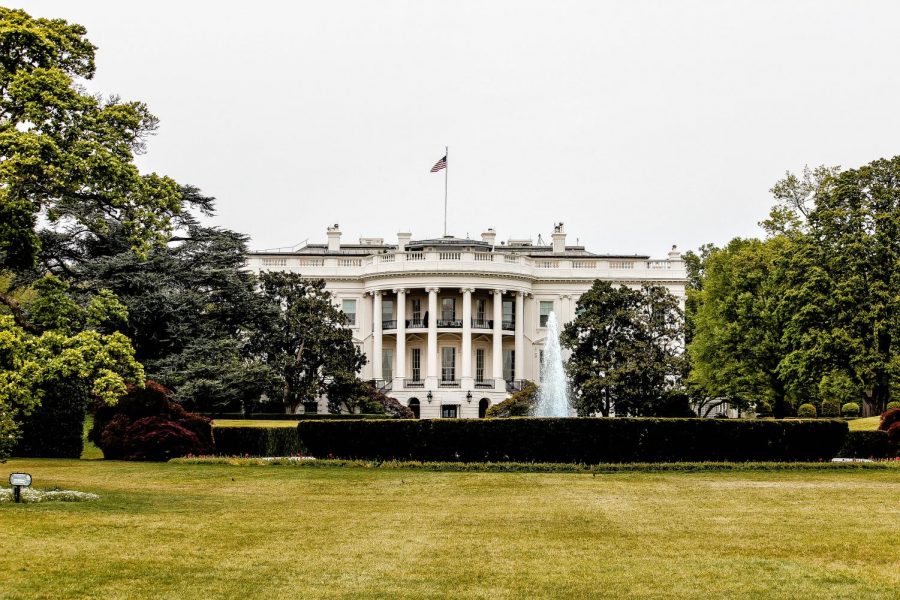A look into the Biden presidency
The first 100 days of being president can set a tone for the rest of the term. What legislation has Biden put in place during his first three months, and how does he compare to his predecessors?
April 30, 2021, marked Joe Biden’s 100th day in the White House
Friday, April 30 marked the end of Joe Biden’s first 100 days as president. Keeping track of progress made by a president in their first 100 days was started by President Franklin Roosevelt, who passed more legislation in his first three months than any president before or since. But what has Biden accomplished in this time, and how does his performance compare with other presidents?
Executive Orders:
Issuing executive orders is a power only given to the president, and they are similar to federal laws, but do not need to be approved by Congress. Joe Biden has issued a record number of executive orders during his first 100 days with 40. Nine of these were on his first day, and 20 in the first three. Comparatively, in Trump’s first 100 days, he signed 33 executive orders. Obama signed 29 and Bush 12. Most of these orders covered a national minimum wage, unions, promoting access to voting, supply chains, gender and race equity, migration, climate change, strengthening Medicaid and the Affordable Care Act and reversing policies set in place by former President Trump. In just three months, Biden reversed 62 of 219 orders that Trump signed during his presidency. This is a large increase from previous presidencies, where Trump reversed 12, Obama 9 and Bush 5.
Pandemic:
President Biden spent $1.9 trillion on a COVID-19 relief bill. This bill included payments of $1,400 stimulus checks to Americans who make $75,000 a year or less, encouraging spending to revive the economy after lockdowns and to help those who have been struggling through these difficult times. The bill also increased unemployment payments from the government to $300 a week, which has helped many but also discouraged some from returning to work. Also included in the bill was $20 billion for distributing the vaccines developed during Operation Warp Speed.
Biden’s first 100 days by West Side Story
Immigration:
Biden has worked to repeal Trump’s immigration policy. Part of this was raising the cap on refugees admitted into the U.S. from 15,000 individuals to 62,500, but this has been accompanied by a dramatic increase in the number of people crossing the border illegally.
Infrastructure:
Biden is currently lobbying for a $2.3 trillion infrastructure package. However, some of the programs funded in the bill are not traditionally considered infrastructure, and so it might not be passed due to opposition among Republicans. It includes $621 billion for transportation, $80 billion for a national rail network, $174 to develop electric cars and $400 billion for long-term care for elderly and disabled individuals. It also repeals right-to-work laws in 27 states.
Climate:
Combating climate change is one of Biden’s priorities. In his first 100 days, he returned America to the 2015 Paris Climate Agreement, which has goals to cut greenhouse gas and carbon emissions, but these are non-binding. In order to meet these goals, Biden closed many jobs in the fossil fuels industry.
Spending:
So far, Joe Biden has spent $1.9 trillion in COVID-19 relief, and proposed spending $2.3 trillion more in an infrastructure plan.
In addition to this, Biden has also proposed the American Families Plan. If approved, this plan will give up to $4,000 to each family with a child 13 or younger or a dependent with a disability. Families with multiple dependents could receive up to $8,000.
It would also spend $109 billion towards making the first two years of community college completely free. This plan has also met some resistance, and other democrats have come up with alternative plans to counter Biden’s.
This is the third highest spending during this period, behind only Clinton and Bush, who spent 2.6 trillion and 2.3 trillion, respectively. But he did spend more than Reagan, with 1.4 trillion, Obama, with 937 billion, and Roosevelt, with 67 billion, adjusted for inflation.
Your donation will support the student journalists of West High School. Your contribution will allow us to purchase Scholarship Yearbooks, newsroom equipment and cover our annual website hosting costs.

(she/her) Vivian Polgreen is a senior at West and it is her third year working on staff. She is the news editor and co-managing editor for the online publication....



